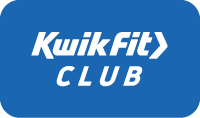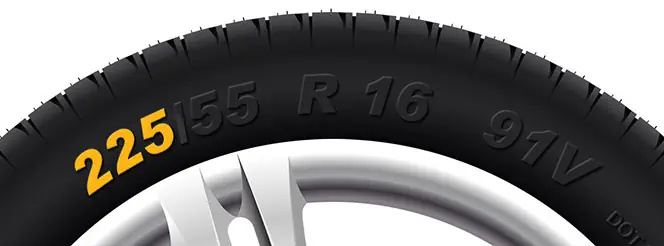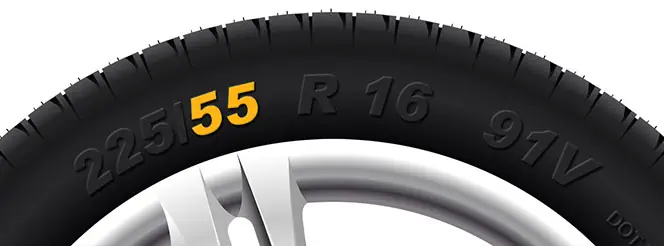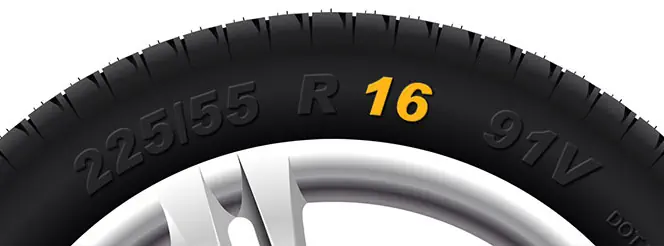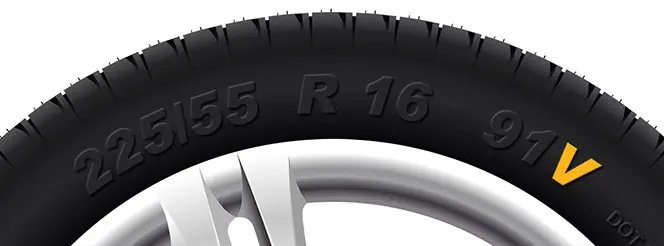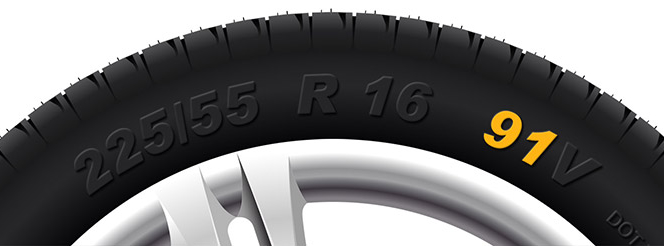How to Forward Bay Park
A 9-step guide to navigating into a parking space facing forward
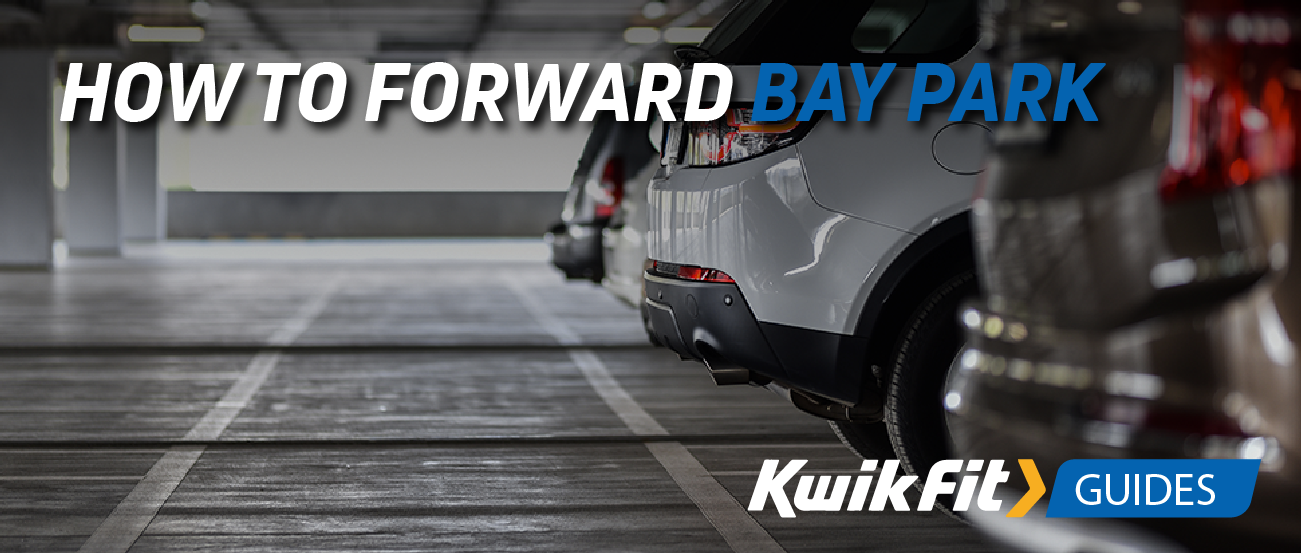
- Select the bay you want to park in.
- Use your indicators to signal where youíre going to turn.
- Give yourself space by turning away slightly from the bay that you're aiming for.
- Align the first line of the bay under your right-wing mirror as a reference point.
- Check your blind spots.
- Fully lock your steering wheel and turn slowly into the bay.
- Straighten your wheels up as the dashboard becomes level with the horizon.
- Move forward slowly until the kerb, or line at the front of the bay, is just below your right wing mirror.
- Stop the car, shift to neutral, and apply the handbrake.
Whether youíre learning to drive for the first time, or you simply want to sharpen your skills, forward bay parking is a crucial thing to learn. Most car parks require you to know how to forward bay park, and being able to do so quickly makes you far more likely to enjoy the driving experience (and avoid holding everyone up with multiple attempts).
While it may seem intimidating to manoeuvre your car into a spot between two others, forward bay parking doesnít have to be hard ó thereís just a knack to it. Parking can seem stressful, but once youíve mastered the skills and got a better feel for the size of your car and how to control it, youíll be doing forward bay parking on autopilot.
What is forward bay parking?
Forward bay parking is the process of driving your vehicle into an allocated parking space, usually in a car park. This type of parking involves positioning your vehicle accurately within the lines of the bay to ensure a secure fit. This manoeuvre requires precise steering, clutch control, and checking blind spots for safety.
Do I need to forward bay park?
From 2017, both forward and reverse bay parking were included as part of one of the three manoeuvres new drivers may be expected to complete in their driving test.
Even if you have already passed your test, it is important to be able to forward bay park, as bay carparks represent the most common style of parking in the UK ó at everything from shopping centres and supermarkets, to schools and hospitals. Having the right skills and confidence is all part of being a good driver.
Planning ahead & finding a space
If youíre worrying about forward bay parking, planning ahead can be helpful to reduce stressors. Itís not always possible, but when youíre planning to go somewhere with bay parking, try to avoid going when you know it will be busy. Trying to find a spare bay can be frustrating because, ideally, you want some manoeuvring room next to you when you forward bay park. But, as always, itís important to remain calm and keep looking for the right spot.
Looking ahead to find a spare bay, ideally away from other cars, is best when youíre looking to build your confidence. Once you know which bay youíre aiming for, drive slightly away from that side. For example, if your chosen bay is on the right hand side, swing out slightly more to the left to give you more room to turn into the right bay.

Making the turn
When youíve aligned your wing mirror to your reference point, like the first line of the bay, indicate, then turn your vehicle into your chosen bay on a full steering wheel lock. Your vehicle may overlap the bay line into the neighbouring bay, but donít worry - this is why it is ideal to aim for where there are no neighbouring vehicles when youíre practicing.
Then, slow right down almost to the speed of a slow walk and gradually turn into the bay. Slower speeds here will give you thinking time and control over your car. While turning, make sure to check your blind spots and keep an eye out for any pedestrians or other moving vehicles ó this checking process should be continual until youíve safely stopped your car.
If youíre in a busy car park and you need to pull in next to a car, position your vehicle slightly further away from the bay you want to pull into. By using your mirrors, you can carefully monitor the car in the space beside you to ensure you donít get too close.
Pulling into the bay
Gently edge forward and straighten up your car as you move slowly into the target bay. Generally, once your dashboard aligns with the horizon, you can straighten up. Keep moving forward until the kerb or line that marks the front of the space is underneath your right wing mirror in your line of vision.
Make sure that you check your blind spots continuously. If you want to make sure that you are within the lines, you can use your mirrors or ask your front passenger to check their left wing mirror.
Once you are happy with your vehicleís position, and you are comfortably within the lines, go into neutral and apply your handbrake. Then, you can turn your engine off, leave your car to sort out parking tickets, and enjoy your gym session or sweep around the supermarket.
The don'ts of forward bay parking
There are plenty of laws that apply to parking, and itís important to comply with these when choosing a space. When bay parking, particularly if youíre doing your driving test, you should not:
- Leave a gap between your car and the curb larger than 50cm.
- Drive through a bay to get to the one in front.
- Reverse into the bay behind you.
- Rush into a space without looking.
- Park across multiple bays.
- Turn too early or too late.
- Rely solely on your mirrors to identify hazards.
- Leave your car lopsided or veering into another bay.
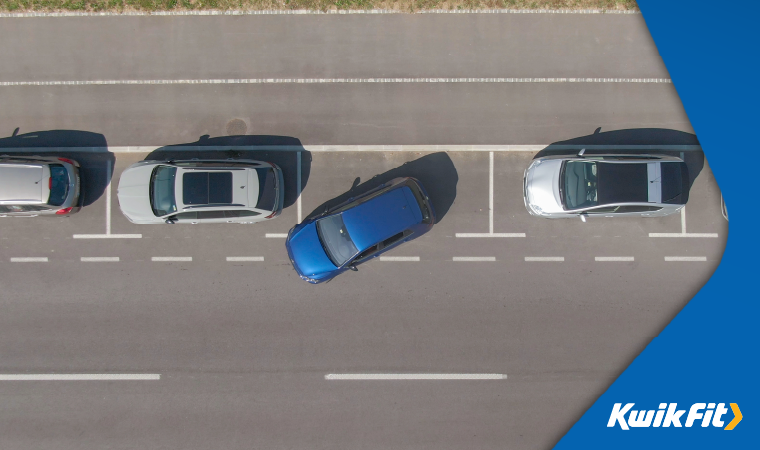
Get the right advice with Kwik Fit
Whether youíve been driving for decades or youíre currently learning, Kwik Fit is here to support you with expert advice. Check out our other handy guides and follow our blog for more news from the driving world.
Need some help with your car? Contact us today and find your nearest Kwik Fit centre. Our experts are committed to keeping you safe and ready for the road ó thatís why weíre proud to offer you free tyre and brake health checks.

